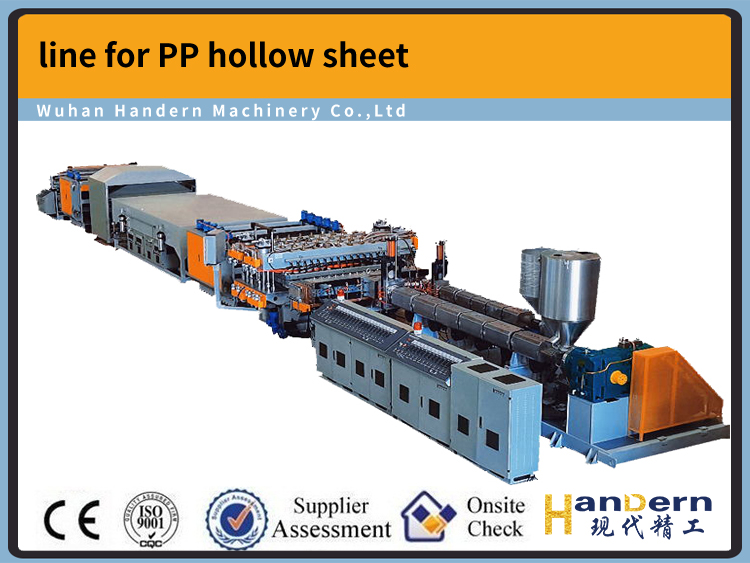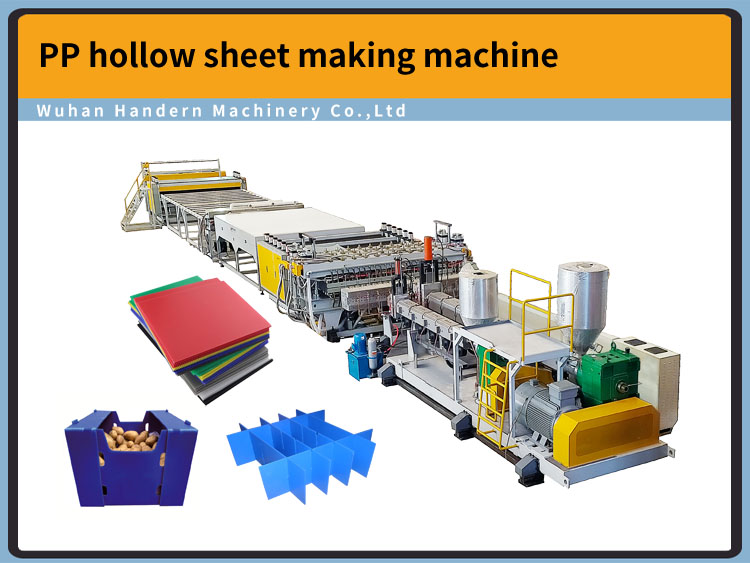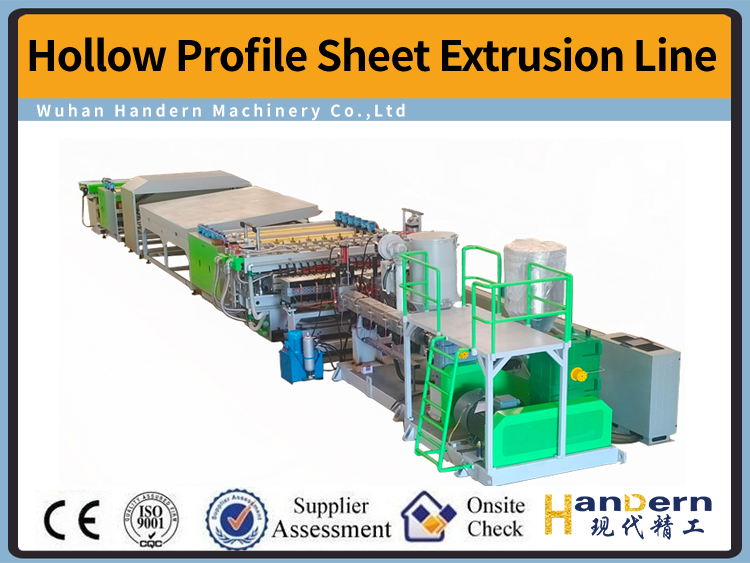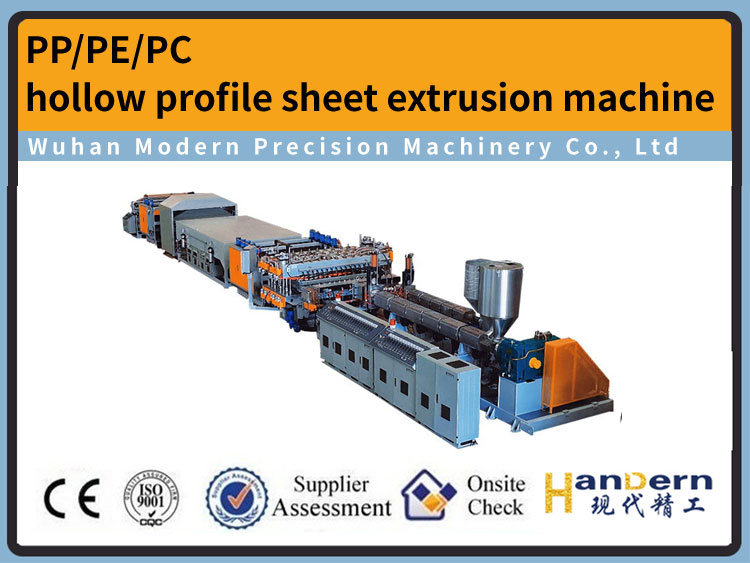What are the differences between casting process and blown film process
DATE:2024/8/20 14:42:14 / READ: / SOURCE:This station
Casting and blown film are two types of film production processes that are often compared together. There are significant differences in the characteristics and corresponding application fields of the films they produce. Below, the editor will introduce the differences between casting and blown film from three aspects: production process, film characteristics, and application fields.
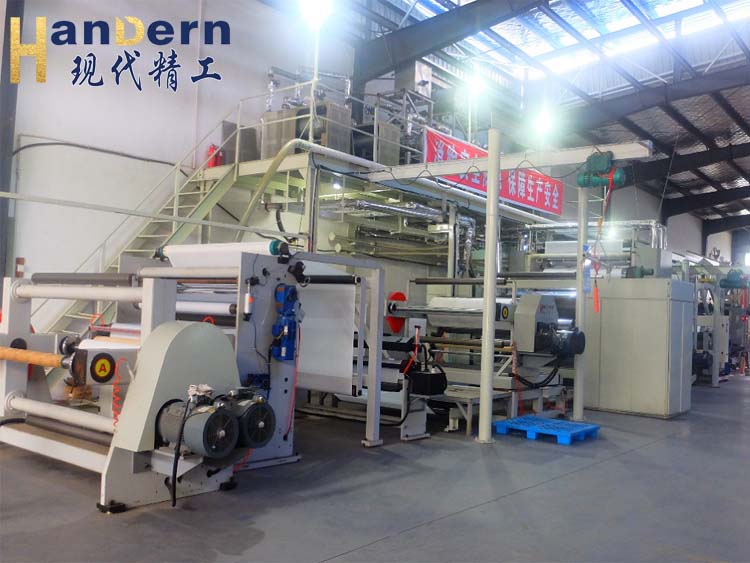 1、 Production process
1、 Production process
Cast Film Process: In the cast film process, the plastic raw material is first melted, and then the melted resin is uniformly extruded through a casting machine to form a thin film layer. Next, the film layer is cooled by a cooling roller and solidified into the final product. The advantage of this method is that it can quickly produce uniform films, control the thickness of the films, and is suitable for large-scale production.
Blown Film Process: The blown film process involves extruding molten resin through a die and simultaneously blowing air outwards through an air throat to form a film in the shape of an airbag. During this process, the film gradually cools and solidifies under the action of air. The complexity of the blown film process lies in the need to simultaneously control the extrusion rate, blowing rate, and cooling rate to ensure film uniformity and thickness.
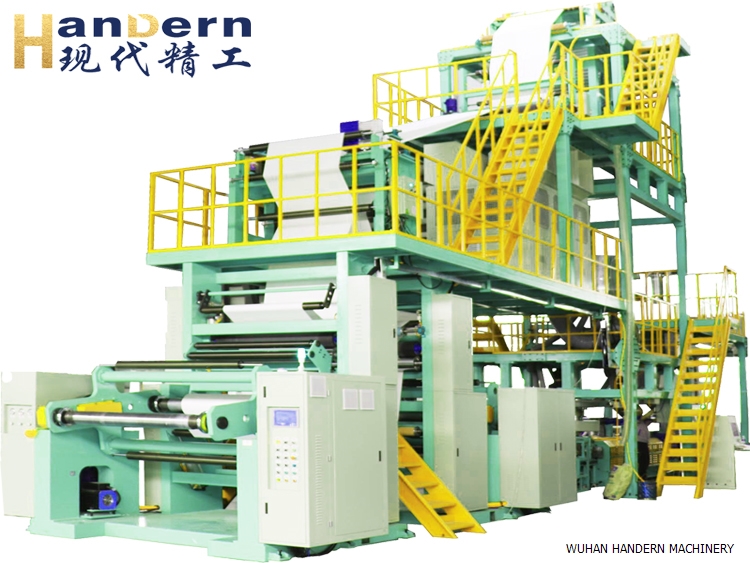 2、 Thin film characteristics
2、 Thin film characteristics
Cast film: The film produced by the cast process usually has good transparency and smooth surface. This makes cast film the preferred choice in packaging applications, especially when displaying products. The thickness control of cast film is very precise, which can achieve thinner film layers and is suitable for food packaging, labeling, and other high transparency requirements.
Blown film: Thin films produced by blown film technology usually have better strength and toughness, and are suitable for withstanding higher tensile and impact forces. This makes blown film commonly used in packaging applications that require tear and wear resistance, such as shopping bags, garbage bags, and industrial films. In addition, blown film products often have certain UV resistance and are suitable for outdoor applications.
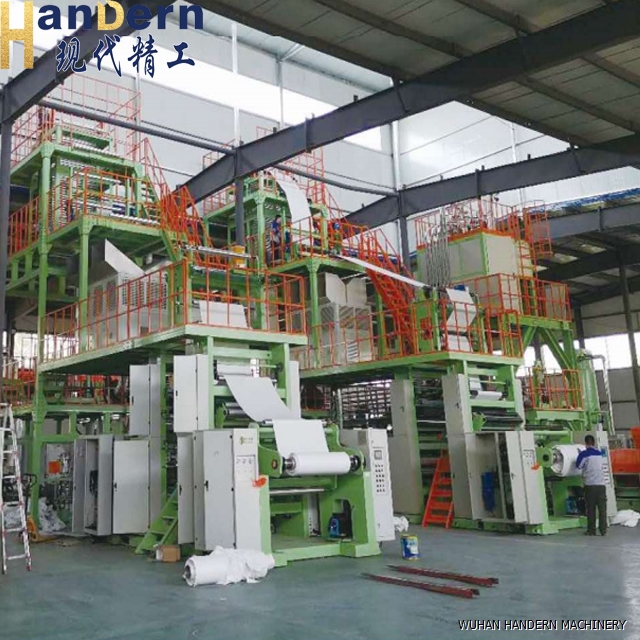 3、 Application Fields
3、 Application Fields
Application of Cast Film: Cast film is widely used in food packaging, medical packaging, label printing, and other consumer goods that require high transparency due to its excellent transparency and surface smoothness. In addition, due to its ease of printing and processing, cast film occupies an important position in the packaging industry.
Application of blown film: blown film is more commonly used in commercial and industrial applications, including manufacturing shopping bags, food packaging bags, industrial packaging films, sunshades, etc. Their excellent strength and toughness make these films highly reliable in complex environments.
It can be seen that the production processes of casting and blown film are fundamentally different, and the characteristics of the films produced by them also have significant differences, which leads to their respective application fields. Therefore, when choosing which process to use to produce thin films, everyone must make corresponding choices based on their own applications.

Cast Film Process: In the cast film process, the plastic raw material is first melted, and then the melted resin is uniformly extruded through a casting machine to form a thin film layer. Next, the film layer is cooled by a cooling roller and solidified into the final product. The advantage of this method is that it can quickly produce uniform films, control the thickness of the films, and is suitable for large-scale production.
Blown Film Process: The blown film process involves extruding molten resin through a die and simultaneously blowing air outwards through an air throat to form a film in the shape of an airbag. During this process, the film gradually cools and solidifies under the action of air. The complexity of the blown film process lies in the need to simultaneously control the extrusion rate, blowing rate, and cooling rate to ensure film uniformity and thickness.

Cast film: The film produced by the cast process usually has good transparency and smooth surface. This makes cast film the preferred choice in packaging applications, especially when displaying products. The thickness control of cast film is very precise, which can achieve thinner film layers and is suitable for food packaging, labeling, and other high transparency requirements.
Blown film: Thin films produced by blown film technology usually have better strength and toughness, and are suitable for withstanding higher tensile and impact forces. This makes blown film commonly used in packaging applications that require tear and wear resistance, such as shopping bags, garbage bags, and industrial films. In addition, blown film products often have certain UV resistance and are suitable for outdoor applications.

Application of Cast Film: Cast film is widely used in food packaging, medical packaging, label printing, and other consumer goods that require high transparency due to its excellent transparency and surface smoothness. In addition, due to its ease of printing and processing, cast film occupies an important position in the packaging industry.
Application of blown film: blown film is more commonly used in commercial and industrial applications, including manufacturing shopping bags, food packaging bags, industrial packaging films, sunshades, etc. Their excellent strength and toughness make these films highly reliable in complex environments.
It can be seen that the production processes of casting and blown film are fundamentally different, and the characteristics of the films produced by them also have significant differences, which leads to their respective application fields. Therefore, when choosing which process to use to produce thin films, everyone must make corresponding choices based on their own applications.
Author:admin

